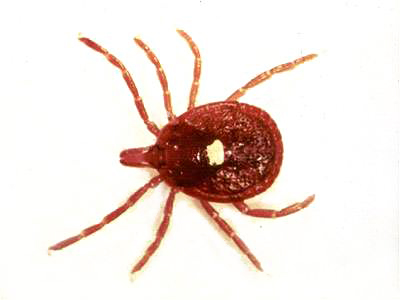Ticky Business
Monday, June 18th, 2012This is Passport to Texas
Summer means we’ll be spending more time outdoors—with the ticks. Ticks are blood sucking critters, and some may carry disease-causing bacteria which they transfer to their host when they bite.
Here are a few more things to know about ticks:
Ticks don’t jump, fly, or drop from trees onto your head. They crawl. So, if you find one attached to your cabesa that means it hitched a ride on your foot and traveled your entire body to get to your noggin. Feel violated yet?
Whenever you come in from the outdoors, a quick daily tick check at bath or shower time can be helpful in finding and removing attached ticks before they can transmit an infection. You may need to have a friend or family member help check your person…as those little biters can be crafty, disguising themselves as moles.
Deer tick nymphs look like a poppy seed on your skin. They’re easy to miss, their bites are generally painless, and they have a habit of climbing under clothing and biting in hard-to-see places. You know what I mean.
The easiest and safest way to remove a tick is with pointy tweezers—the kind women use for plucking their eyebrows. Do not twist–pull upward with a firm, steady pressure. Once removed, clean the bite area and your hands with rubbing alcohol or soap and water…and you’re ready for your next outdoor excursion.
We record our series in Austin at the Block House.
For Texas Parks and Wildlife…I’m Cecilia Nasti.



 Passport to Texas is a
Passport to Texas is a  Passport to Texas is made available by:
Passport to Texas is made available by: